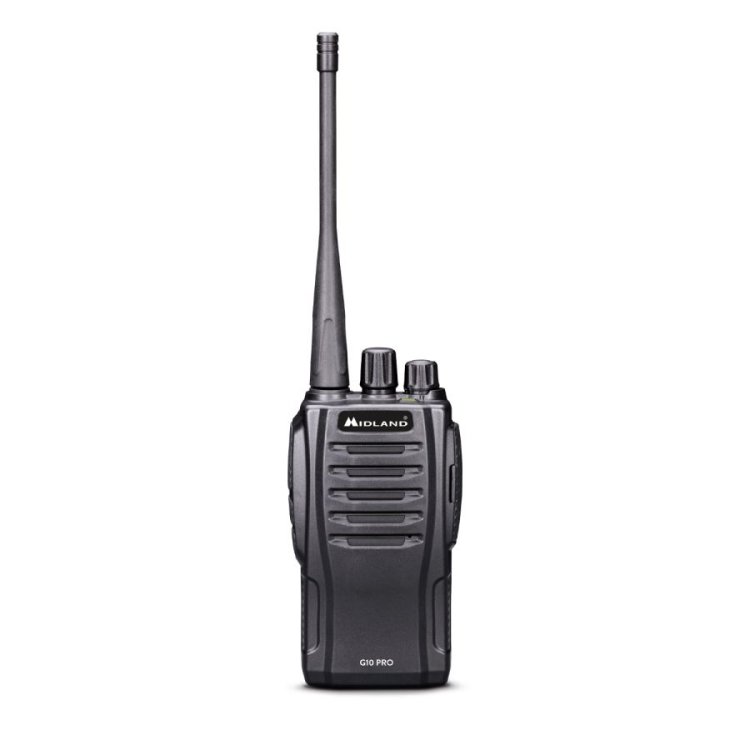Walkie Talkies vs. Smartphones: Which Communication Tool Reigns Supreme?
Choosing between walkie talkies and smartphones? Learn which communication tool is superior for reliability, range, and functionality in various scenarios.
Share this Post to earn Money ( Upto ₹100 per 1000 Views )

In today’s interconnected world, communication tools have evolved significantly, with smartphones and walkie talkies standing out as popular options for staying connected. Each of these devices offers distinct advantages and limitations, catering to different needs and scenarios. This article explores the strengths and weaknesses of walkie talkies and smartphones to determine which communication tool reigns supreme in various contexts.
The Rise of Smartphones
Smartphones have revolutionized communication with their multifunctionality and widespread adoption. These devices combine voice calling, texting, internet access, and an array of apps into a single, portable gadget. Smartphones excel in providing comprehensive communication capabilities, including email, social media, video calls, and instant messaging. Their access to cellular networks and Wi-Fi ensures that users can stay connected virtually anywhere, provided there is network coverage.
One of the key advantages of smartphones is their versatility. They are equipped with GPS, high-resolution cameras, and numerous apps that enhance their functionality beyond simple communication. For personal use, smartphones offer a seamless and integrated experience, allowing users to manage their social lives, work, and entertainment all in one place. However, this complexity can sometimes be a drawback. Smartphones rely heavily on network availability and battery life, which can be problematic in remote areas or during extended use.
The Practicality of Walkie Talkies
Walkie talkies, on the other hand, are designed specifically for real-time, two-way radio communication. They operate on dedicated radio frequencies, making them ideal for environments where immediate communication is critical, such as construction sites, outdoor adventures, and emergency situations. Unlike smartphones, walkie talkies do not depend on cellular networks, which means they can function effectively in areas with poor or no signal reception.
One of the most significant advantages of walkie talkies is their simplicity and durability. They are built to withstand harsh conditions, including extreme weather and rough handling, making them reliable tools in challenging environments. Additionally, walkie talkies often feature long battery life and are less prone to technical issues compared to smartphones. They also offer instant push to talk functionality, allowing for quick and efficient communication without the need for dialing or navigating through menus.
Comparing Performance and Use Cases
When comparing walkie talkies and smartphones, it is essential to consider the specific use case and environment. In situations requiring quick, reliable communication in areas without network coverage, such as remote construction sites or during outdoor activities like hiking or camping, walkie talkies are often the superior choice. They provide a direct line of communication with minimal delay and can function effectively over long distances without relying on external networks.
Conversely, smartphones are more suitable for everyday communication needs, such as staying in touch with friends and family, managing work tasks, or accessing online information. They offer a broader range of features and connectivity options, making them ideal for urban environments and situations where network coverage is available. The integration of GPS, internet access, and various communication apps provides a level of convenience and functionality that walkie talkies cannot match.
Conclusion
Ultimately, the choice between walkie talkies and smartphones depends on the specific requirements of the user and the context in which the communication tool will be used. For environments where instant, reliable communication is needed without network dependency, walkie talkie are the preferred option, offering durability, simplicity, and effectiveness. On the other hand, smartphones excel in versatility, offering a wide range of communication options and additional features for users in network-covered areas.
In summary, neither tool is universally superior; rather, each serves its own niche effectively. By understanding the strengths and limitations of walkie talkies and smartphones, individuals and organizations can make informed decisions about which communication tool best meets their needs. Whether navigating the wilderness or managing daily tasks in a connected world, the right communication tool can make all the difference in maintaining efficient and effective communication.













